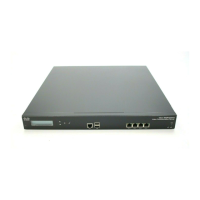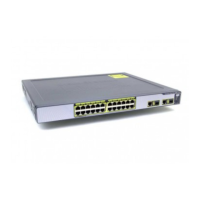Field Description Usage tips
TLS verify
mode
Controls whether the VCS performs X.509
certificate checking against the neighbor
system when communicating over TLS.
If the neighbor system is another VCS, both
systems can verify each other's certificate
(known as mutual authentication). See TLS
certificate verification of neighbor systems
[p.155] for more information.
Accept
proxied
registrations
Controls whether proxied SIP registrations
routed through this zone are accepted.
This setting only applies to registration
requests for a domain for which the VCS is
acting as a Registrar. For requests for other
domains the SIP registration proxy mode
setting applies. See Proxying registration
requests for more information.
Media
encryption
mode
Controls the media encryption policy applied by
the VCS for SIP calls (including interworked
calls) to and from this zone.
See Configuring media encryption policy
[p.135] for more information.
ICE support Controls whether ICE messages are supported
by the devices in this zone.
See Configuring ICE messaging support
[p.137] for more information.
Authentication section:
Authentication
policy
Controls how the VCS authenticates incoming
messages from this zone and whether they are
subsequently treated as authenticated,
unauthenticated, or are rejected.
The behavior varies for H.323 messages, SIP
messages that originate from a local domain
and SIP messages that originate from non-
local domains. See Authentication policy
configuration options [p.105] for more
information.
SIP
authentication
trust mode
Controls whether authenticated SIP messages
(ones containing a P-Asserted-Identity header)
from this zone are trusted without further
challenge.
See SIP authentication trust [p.108] for more
information.
Location section:
Location
Peer 1 to Peer
6 address
The IP address or FQDN of the neighbor
system.
Enter the addresses of additional peers if:
n the neighbor is a VCS cluster, in which case
you must specify all of the peers in the
cluster
n the neighbor is a resilient non-VCS system,
in which case you must enter the addresses
of all of the resilient elements in that system
Calls to a VCS cluster are routed to whichever
peer in that neighboring cluster has the
lowest resource usage. See Neighboring the
local VCS to another VCS cluster [p.169] for
more information.
For connections to non-VCS systems, the
VCS uses a round-robin selection process to
decide which peer to contact if no resource
usage information is available.
Advanced section:
Cisco VCS Administrator Guide (X8.1.1) Page 143 of 507
Zones and neighbors
Configuring zones

